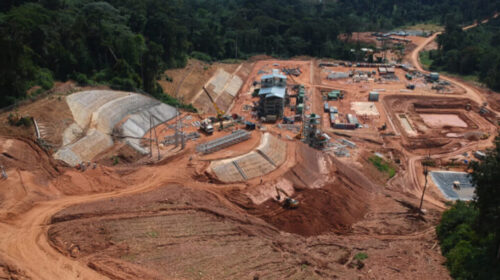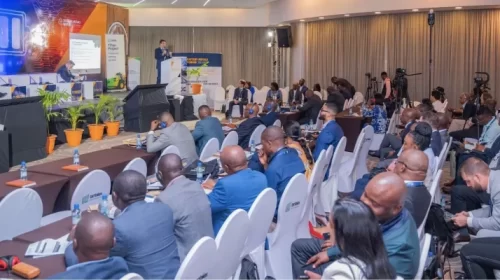DRC’s Wealth of Mineral Resources Garners Worldwide Attention
As the African continent gains prominence as a vital source of raw materials for the world, the Democratic Republic of the Congo (DRC) emerges as a key player in this evolving landscape.
Despite its current status as one of the world’s poorest nations, the DRC holds substantial economic promise, with its rich resource base and strategic significance.
Spanning as the second largest African nation, the DRC boasts abundant natural resources, including oil, coal, diamonds, cobalt, zinc, silver, and rare metals like tungsten.
Impressively, the republic commands a 70% share in global cobalt production, a statistic echoed in tantalum and coltan, essential for electronic equipment manufacturing, notably for military applications. Moreover, the country stands as the fourth-largest global diamond producer.
Yet, challenges prevail. The nation’s political instability and power decentralization have fostered artisanal mining, accounting for nearly 30% of mining activities.
These practices lack safety standards and often exploit child labor. Efforts have recently begun to address this issue, indicating the government’s intent to gain control over the situation.
Historically, the DRC served as a resource base for Europe and the United States, with North American and European companies holding sway over critical assets.
This significance continues, as reports suggest a substantial portion of cobalt and tantalum, vital for the US military-industrial complex, is sourced from the DRC.
Chinese investors have capitalized on the country’s resources, aligning with a broader trend across Africa. Chinese capital investments in African mining have surged 22-fold over a decade, totaling $220 billion.
In turn, imports of key minerals to China have skyrocketed, with cobalt imports seeing a 3,000% increase and copper ore imports growing by 1,700% since 2015. China’s influence has grown to the extent that it has effectively displaced the US from the DRC’s mining sector.
Russia has also entered the picture, driven by its African expansion agenda. The DRC’s mining and hydrocarbons sector has captured Russia’s attention, with plans to enhance oil and gas production through technology transfer.
Although the DRC currently produces only 22,000 barrels of oil per day, ambitions to increase this output tenfold are on the horizon.
Challenges, however, persist. Political instability and ongoing conflicts, rooted in historical tensions with neighboring Rwanda, threaten the DRC’s resource growth.
The eastern part of the country is particularly unstable, with limited central government control. Both Western and Chinese companies navigate these complexities, seeking autonomous solutions to ensure mining security, establish logistics networks, and engage with local communities.
The future trajectory of the DRC’s resource potential hinges on its ability to exert control over foreign business activities, curtail external influences from neighboring countries, and direct resource revenues toward eastern provinces’ development.
As the world’s appetite for African resources intensifies, the DRC stands at a pivotal crossroads in its pursuit of economic transformation.
65 total views , 1 views today





